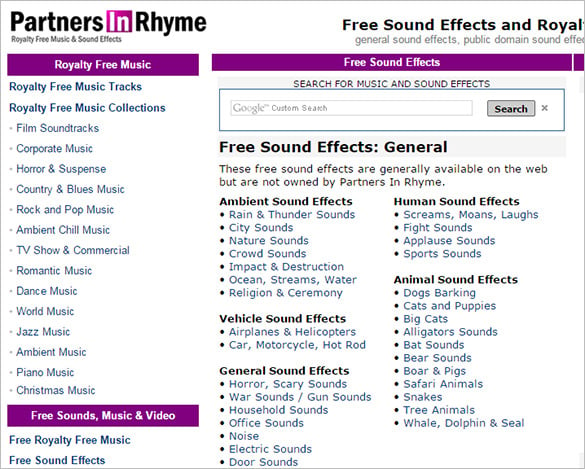

Ignore Heading – Sub table content The Renewal Trapdoor For example, if an author of a work died on June 1, 2000, protection of the works would continue through December 31, 2070. In other words, the last day of copyright protection for any work is December 31.

Ignore Heading – Sub table content Year-End Expiration of Copyright TermsĬopyright protection always expires at the end of the calendar year of the year it’s set to expire. If a work was written by several authors and published after 1977, it will not expire until 70 years after the last surviving author dies. In 2020, works published in 1924 will expire, and so on.įor works published after 1977, if the work was written by a single author, the copyright will not expire until 70 years after the author’s death. In 2019, works published in 1923 expired. These rules and dates apply regardless of whether the work was created by an individual author, a group of authors, or an employee (a work made for hire).īecause of legislation passed in 1998, no new works fell into the public domain between 19 due to expiration.
Public domain sound effects free#
before January 1, 1924, you are free to use it in the U.S. In other words, if the work was published in the U.S.
4.3.1 Publishing Legal Cases and PaginationĪs of 2019, copyright has expired for all works published in the United States before 1924. 4.2.5 Dear Rich : Borrowing a Plot Line. 4.2.4 Loss of Copyright From Lack of Copyright Notice.  4.2.3 Are Local Laws in the Public Domain?. 4.2.2 Dear Rich : Chapter Headings and Book Titles. 4 Copyright Does Not Protect Certain Works. 1.0.1 Year-End Expiration of Copyright Terms. The following section looks at each of these routes into the public domain more closely. copyright law does not protect this type of work. the copyright owner deliberately places it in the public domain, known as “dedication,” or. the copyright owner failed to follow copyright renewal rules. There are four common ways that works arrive in the public domain: This usually involves some unique selection process, for example, a poetry scholar compiling a book- The Greatest Poems of e.e. Collections of public domain material will be protected if the person who created it has used creativity in the choices and organization of the public domain material. You are free to copy and use individual images but copying and distributing the complete collection may infringe what is known as the “collective works” copyright. If, for example, someone has collected public domain images in a book or on a website, the collection as a whole may be protectable even though individual images are not. Anyone can use a public domain work without obtaining permission, but no one can ever own it.Īn important wrinkle to understand about public domain material is that, while each work belongs to the public, collections of public domain works may be protected by copyright. The public owns these works, not an individual author or artist. The term “public domain” refers to creative materials that are not protected by intellectual property laws such as copyright, trademark, or patent laws.
4.2.3 Are Local Laws in the Public Domain?. 4.2.2 Dear Rich : Chapter Headings and Book Titles. 4 Copyright Does Not Protect Certain Works. 1.0.1 Year-End Expiration of Copyright Terms. The following section looks at each of these routes into the public domain more closely. copyright law does not protect this type of work. the copyright owner deliberately places it in the public domain, known as “dedication,” or. the copyright owner failed to follow copyright renewal rules. There are four common ways that works arrive in the public domain: This usually involves some unique selection process, for example, a poetry scholar compiling a book- The Greatest Poems of e.e. Collections of public domain material will be protected if the person who created it has used creativity in the choices and organization of the public domain material. You are free to copy and use individual images but copying and distributing the complete collection may infringe what is known as the “collective works” copyright. If, for example, someone has collected public domain images in a book or on a website, the collection as a whole may be protectable even though individual images are not. Anyone can use a public domain work without obtaining permission, but no one can ever own it.Īn important wrinkle to understand about public domain material is that, while each work belongs to the public, collections of public domain works may be protected by copyright. The public owns these works, not an individual author or artist. The term “public domain” refers to creative materials that are not protected by intellectual property laws such as copyright, trademark, or patent laws.







 0 kommentar(er)
0 kommentar(er)
